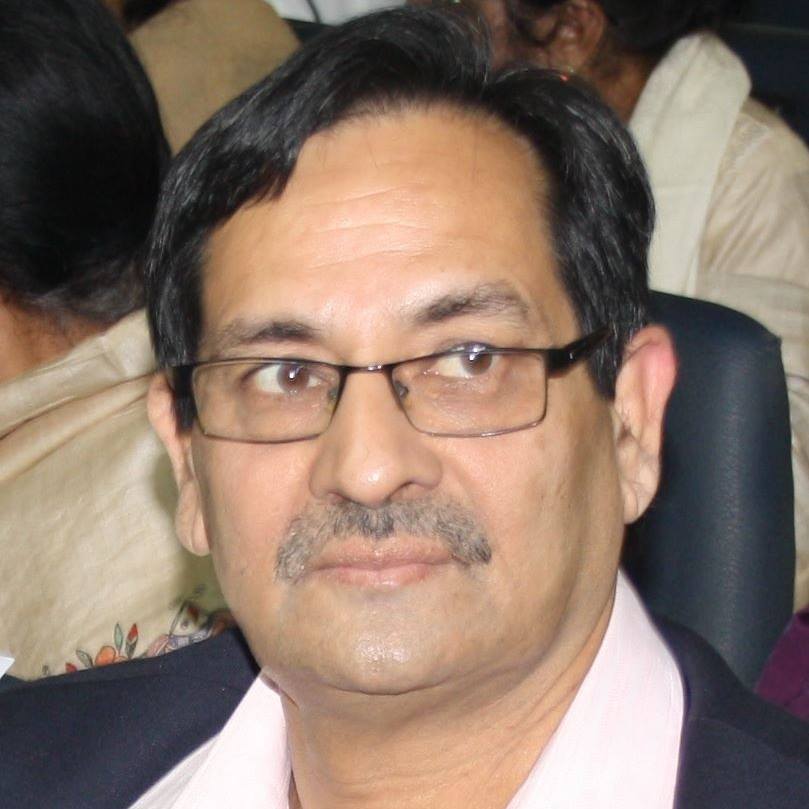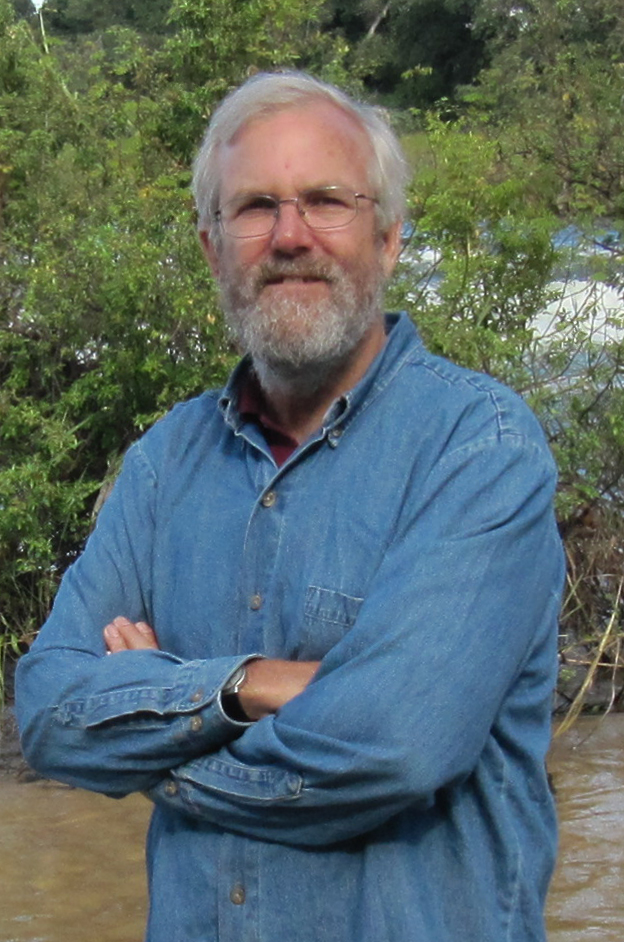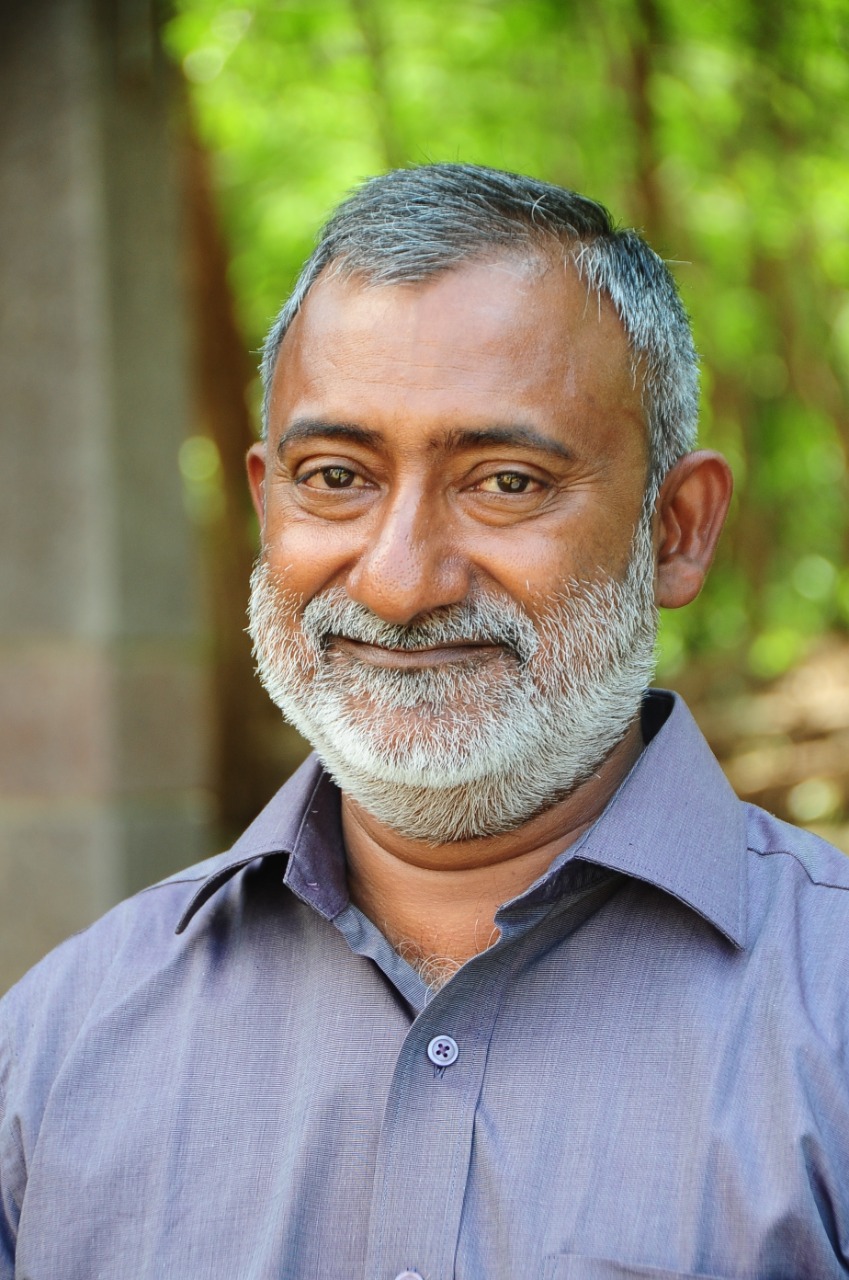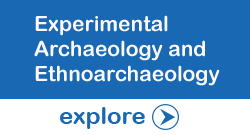Speakers_Feb_2021
Down Ancient Trails
FEBRUARY 2021
 26th February, 2021, 8.30 pm (IST): Professor Frederick L. Coolidge, PhD. CU Presidential Teaching Scholar, Co-Director of Psychology Undergraduate Education, Psychology Department, University of Colorado, Colorado Springs. Topic: The Evolution of Working Memory: What it is and How it got that Way.
26th February, 2021, 8.30 pm (IST): Professor Frederick L. Coolidge, PhD. CU Presidential Teaching Scholar, Co-Director of Psychology Undergraduate Education, Psychology Department, University of Colorado, Colorado Springs. Topic: The Evolution of Working Memory: What it is and How it got that Way.
Abstract: Working memory has at least two definitions: (1) a generic version, which is how much information one can hold in one's mind despite distractions; and (2) a multicomponent model proposed by Baddeley and Hitch (1974), which has dominated cognitive research for nearly five decades and encompasses the first definition. This lecture is about the second definition, and it traces the evolution of Baddeley's working memory from its inchoate beginnings (about 545 million years ago) to modern thinking (about 45,000 years ago). Also to be discussed is how working memory operations may be discerned from the archaeological record starting about 3-4 million years ago to the Upper Palaeolithic.
About: Professor Frederick L. Coolidge received his BA, MA, and PhD in Psychology at the University of Florida, and he completed a two-year Postdoctoral Fellowship in Clinical Neuropsychology at Shands Teaching Hospital, Gainesville, Florida. He is currently a Professor at the University of Colorado, Colorado Springs (UCCS). He has received three Fulbright Fellowships, three outstanding teaching awards, and two research excellence awards at UCCS. He was awarded the lifetime-title, University of Colorado Presidential Teaching Scholar, for his career teaching accomplishments. For the past 9 years, he has conducted research in children and adults with autism, and he developed and published an inventory to assess autistic symptoms according to the diagnostic criteria in DSM-5.
28th February, 2021, 6.30 pm (IST): Dr Alastair Key, Lecturer in Biological Anthropology at the University of Kent. Topic: How an ergonomic understanding of Palaeolithic artefacts helps explain hominin behaviour and evolution
Abstract: Although often alluded to in the literature, it is only recently that research has explicitly begun to investigate how ergonomic factors may have influenced the behaviour of early humans and, in turn, the pattern of the Palaeolithic archaeological record. In this talk, I will review current understanding of how hominins (or more precisely, their anatomy) interacted with stone tools of different sizes, shapes and types during their use and production. I will demonstrate that different muscular and skeletal stresses are experienced dependent on the tool used or produced, and how this likely influenced the design of stone tool artifacts throughout the Palaeolithic. I will also discuss how the inception of stone tool technology may have played a role in human evolution through gene-culture coevolutionary pathways. As such, ergonomic issues will be revealed to have likely influenced both hominin anatomy and patterns of stone tool technology through the Palaeolithic.
About: Dr Alastair Key is a Palaeolithic archaeologist and palaeoanthropologist specialising in the interplay between cultural and biological aspects of our evolutionary history. His work applies techniques more commonly used in mechanical and biomechanical engineering research to better understand the behaviour and evolution of prehistoric humans. He recently completed his British Academy Postdoctoral Fellowship and is now a Lecturer in Biological Anthropology at the University of Kent.
 19th February, 2021, 6.30 pm (IST):Herd & Harvest Series: Dr. Rakesh Tewari, former Director-General Archaeological Survey of India. Topic: Early Farming Cultures of the Middle Ganga valley.
19th February, 2021, 6.30 pm (IST):Herd & Harvest Series: Dr. Rakesh Tewari, former Director-General Archaeological Survey of India. Topic: Early Farming Cultures of the Middle Ganga valley.
Abstract: From about fifty years back it has been generally believed that the Ganga Plain was covered with thick forests. Its landscape was marshy and not hospitable enough for large scale human settlements. It could be settled only around 700-800 BC with the arrival of migrants from the western part of the country with horse driven chariots and iron artefacts. Since then a lot of archaeological research has been carried out in this area by different Universities and archaeological institutions of Central and State Governments, both in terms of explorations and excavations. These investigations have revealed hundreds of archaeological sites in the central Ganga valley attesting consistent human activities and settlements from about the beginning of Holocene. This lecture intends to provide a brief review of the Early Farming Cultures of this area.
About: Rakesh Tewari (b. 2 October, 1953): is an Indian archaeologist who served as the Director General of the Archaeological Survey of India (2014–2017), and was formerly Director, State Department of Archaeology, Uttar Pradesh (1989–2013). His main archaeological contributions are to demonstrate that rice was cultivated in the Indian subcontinent as early as the 9th millennium BP, at the site of Lahuradewa and early use of Iron Technology in the middle Ganga valley. Apart from that he is well-known for his travelogue writings in Hindi. After graduating from the University of Lucknow, he earned his master’s degree in Ancient Indian History, Culture and Archaeology (Archaeology Group) from the Banaras Hindu University (BHU), in 1975, and in 1986 doctoral degree for his thesis, Mirzapur ke chitrit shailashra (Rock Paintings of Mirzapur), from Avadh University, Faizabad.
 9th February, 2021. Down Ancient Trails series: Professor Mark Stoneking, Max Planck Institute for Evolutionary Anthropology, Leipzig, Germany. Topic: New Insights from Old DNA into the Settlement of the Pacific.
9th February, 2021. Down Ancient Trails series: Professor Mark Stoneking, Max Planck Institute for Evolutionary Anthropology, Leipzig, Germany. Topic: New Insights from Old DNA into the Settlement of the Pacific.
The human settlement of the Pacific, involving long open-ocean sea voyaging, has long fascinated anthropologists, archaeologists, linguists, and geneticists. The current view is that Near Oceania (consisting of the islands of Eastern Indonesia, New Guinea, and Australia, extending as far east as the main chain of the Solomon Islands) was initially colonized ~45,000 years ago, which involved relatively short island crossings that were intervisible (i.e., there would be indications of land ahead before losing sight of the land behind). The next major development was the expansion of Austronesian-speaking people out of Taiwan beginning 4,000-5,000 years ago; these were the first people to reach the islands of Remote Oceania (Santa Cruz, Vanuatu, New Caledonia, Fiji, and Polynesia and Micronesia), beginning ~3,200-3,500 years ago, and involving crossing hundreds to thousands of kilometers of open ocean. However, within this general framework of two major migrations to the Pacific, there remain many questions, and I shall discuss insights from ancient DNA evidence into two of these: 1) the timing and impact of the Austronesian expansion on eastern Indonesian populations; and 2) the origin of the first colonizers of the Marianas Archipelago, in western Micronesia, and their potential role in the further settlement of the Pacific.
About: Mark Stoneking received his PhD in genetics from the University of California, Berkeley in 1986. After postdoctoral work at Berkeley he held research scientist positions at the Human Genome Center at Lawrence Berkeley Laboratory and at the Cetus Corporation. He joined the faculty of the anthropology department at The Pennsylvania State University as an assistant professor in 1990, rising to associate professor in 1994 and full professor in 1998. In 1999 he left Penn State for the newly-established Max Planck Institute for Evolutionary Anthropology in Leipzig, Germany, where he supervises the Human Population History Group and is Honorary Professor of Biological Anthropology at the University of Leipzig. His research interests involve using molecular genetic methods to address questions of anthropological interest concerning the origins, migrations, and relationships of human populations, the impact of cultural practices on human genetic diversity, and the influence of selection during human evolution. He has written more than 300 scientific papers, and a textbook, Introduction to Molecular Anthropology (Wiley, 2017).
 Herd and Harvest series: 7th February, 2021, 6.30 pm (IST): Dr. S.B.Ota, Former Joint Director-General, Archaeological Survey of India and Tagore National Fellow. Topic: Archaeology of Mountain Crossing and Human Adaptation in High Altitude Ladakh during the Holocene.
Herd and Harvest series: 7th February, 2021, 6.30 pm (IST): Dr. S.B.Ota, Former Joint Director-General, Archaeological Survey of India and Tagore National Fellow. Topic: Archaeology of Mountain Crossing and Human Adaptation in High Altitude Ladakh during the Holocene.
Abstract: It is known from the archaeological records that various natural features like desert, thick forest, rivers, mountains, snow and such other rugged terrain features and harsh climate were never a hinderance (as otherwise thought earlier) for the humans to venture and explore new terrains for their survival in the past. In fact, when archaeologists initiated the studies looking into the human history, it was thought by many, that such rugged terrain and harsh climate acted as a barrier to certain extent and as a result such areas might not have ventured by Early Humans. Such biasness was originated as we always compared our capabilities with the competences of Early Humans while interpreting their adaptational capabilities. Various archaeological facts have now proved beyond doubt that any such landscape or climate was never a hinderance to the Early humans. Unfortunately, many such areas that we venture into and claim to be the first explorer were in deed voyaged in the past by the Early humans. One such terrain is the high altitude Ladakh. This part of Himalayas is considered as one of the rugged and toughest terrain with harsh and adverse climatic regime. It was in fact strongly believed for a long time that the famous silk route traders were the first human to explore and passed through this terrain and hence the human history prior to this silk route event remained terra incognita. The limited archaeological investigations that have been carried out for last 30 years in Ladakh has proved beyond doubt that the area was traversed by humans at least since terminal Pleistocene. The archaeological evidences shows that high snow-capped mountains were crossed, mountain passes were explored, frizzing water of the rivers were crossed, glaciers were traversed, suitable camping spots were identified keeping in view the adverse climatic condition like blizzards, rock fall, glacier movement etc. Besides, palaeo-climatic studies confirm that not only the terrain was negotiated but also early human adapt themselves to the tough climatic regime that was even sometimes harsher than today. Further, human beings in the past mastered very well the various survival strategies and learnt to survive throughout the year. In fact, these early inhabitants of Ladakh were responsible for showing the routes to central Asia and Tibet to the Silk route traders during historical period.


